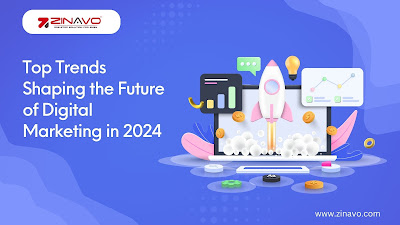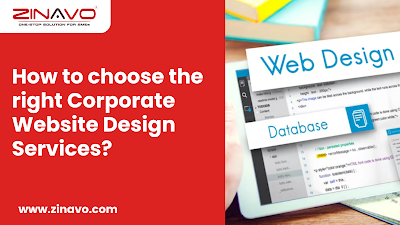Top Trends Shaping the Future of Digital Marketing in 2024

Digital marketing is a constantly evolving field, and marketers need to stay ahead of the curve and keep up with the latest trends. As we look ahead to 2024, there are several key trends that are expected to shape the future of digital marketing. In this blog post, we'll take a closer look at some of these trends and explore what they could mean for marketers. 1. Increased Personalization One of the biggest trends that is expected to shape the future of digital marketing is increased personalization. Consumers are demanding more personalized experiences, and marketers are responding by using data to create more targeted and relevant marketing campaigns. Personalization can take many forms, from personalized email marketing campaigns to personalized product recommendations based on a customer's browsing history. The key is to use data to understand your customers' needs and preferences, and then use that data to create personalized experiences that resonate with them. 2. ...




